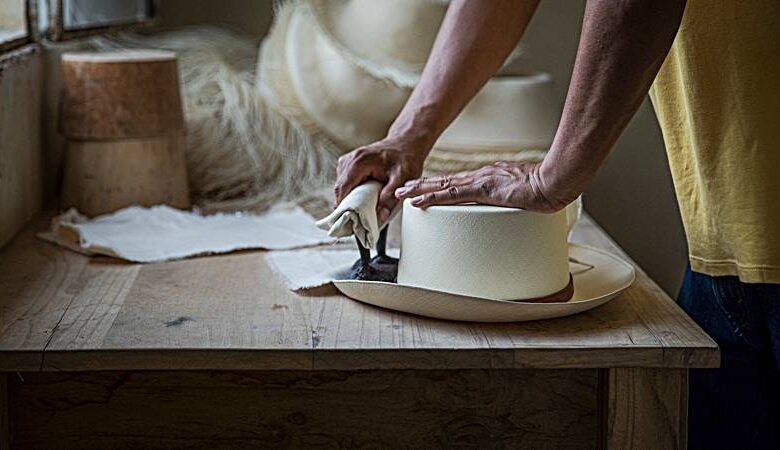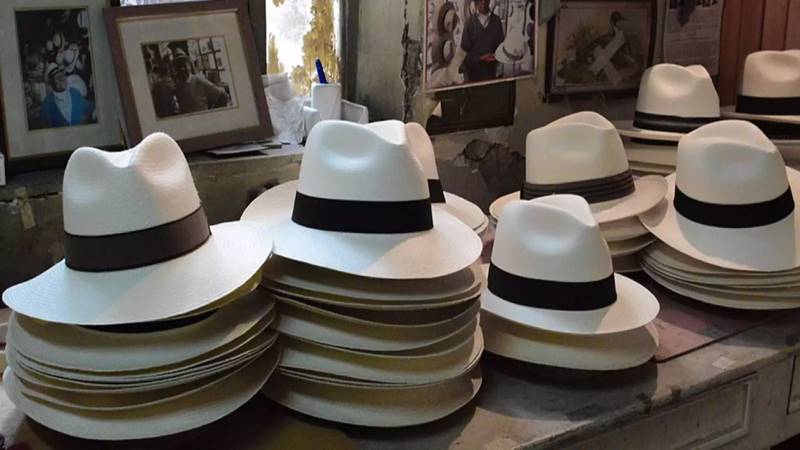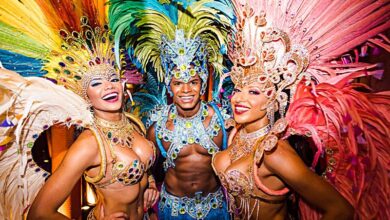The Panama Hat’s Legacy: Exploring the History of Monte Cristi, Ecuador, and its Tradition

The Panama Hat’s Legacy, nestled within the heart of Ecuador lies a small town that has woven its name into the history of fashion and elegance: Monte Cristi. This unassuming town is the birthplace of a timeless accessory that has graced the heads of statesmen, artists, and adventurers across the world—the Panama hat. The curious paradox of its name—derived from its association with the Panama Canal—belies its true origin and the intricate tradition that has been nurtured for generations.
The history of the Panama hat finds its roots in the artistry of local artisans who have perfected the skill of weaving fine hats from the fibers of the toquilla palm. This meticulous craftsmanship has been passed down through families, with each generation contributing to the mastery of the trade. The Panama hat is more than a fashion accessory; it is a labor of love, dedication, and cultural pride.


One of the most fascinating aspects of the Panama hat’s history is its deep connection with the United States. The tradition of gifting a Panama hat to the U.S. president dates back to the early 20th century. This unique diplomatic gesture symbolizes the intricate ties between the two nations and underscores the hat’s transcendent appeal. Presidents from Theodore Roosevelt to Barack Obama have been bestowed with these masterpieces, each hat a testament to the skill and artistry of Ecuadorian craftsmen.

The allure of the Panama hat goes beyond its aesthetic appeal. It stands as a bridge between cultures, a tangible representation of the beauty that emerges when tradition meets innovation. The meticulous weaving process, passed down through generations, preserves a heritage that refuses to be lost in the rush of modernity. It is a tribute to the respect for the environment, as the toquilla palm is sustainably harvested to ensure the continuation of this art form.
At the heart of the Panama hat’s charm is the town of Monte Cristi itself. Walking through its cobbled streets, one can witness the weavers engaged in their craft, their nimble fingers transforming raw fibers into works of art. The town’s cultural identity is inseparable from the hat’s legacy; it is a living testament to the dedication of its people to preserving a tradition that has put their home on the world map.
One cannot discuss the Panama hat without acknowledging its reputation as a symbol of status and luxury. The most exquisite Panama hats command staggering prices due to their rarity, quality, and the labor-intensive process of their creation. The legendary “Montecristi Superfino” is the pinnacle of Panama hat craftsmanship. Handwoven by master artisans over several months, these hats boast an unparalleled fineness and attention to detail. It is said that they can hold water, yet are so delicate they can be rolled and passed through a wedding ring.
The most expensive Panama hat ever sold is a testament to the hat’s value as both a work of art and a piece of history. In 2012, a Montecristi Superfino Panama hat fetched a remarkable price of $100,000 at auction. This extraordinary valuation speaks not only to the hat’s inherent beauty but also to its embodiment of heritage, craftsmanship, and the story it carries within its woven fibers.

In conclusion, the history of the Panama hat from Monte Cristi, Ecuador, is a tale of artistry, tradition, and cultural exchange. The legacy of the toquilla palm weavers transcends time and borders, showcasing the enduring power of craftsmanship and the connections that thread humanity together. From the hands of skilled artisans in a small Ecuadorian town to the heads of world leaders, the Panama hat continues to weave its narrative of elegance and heritage, reminding us that true luxury is intertwined with the stories we wear.
Curious to delve deeper into the history of this remarkable hat? Discover the fascinating journey in the pages of “The Panama Hat Trail.”



